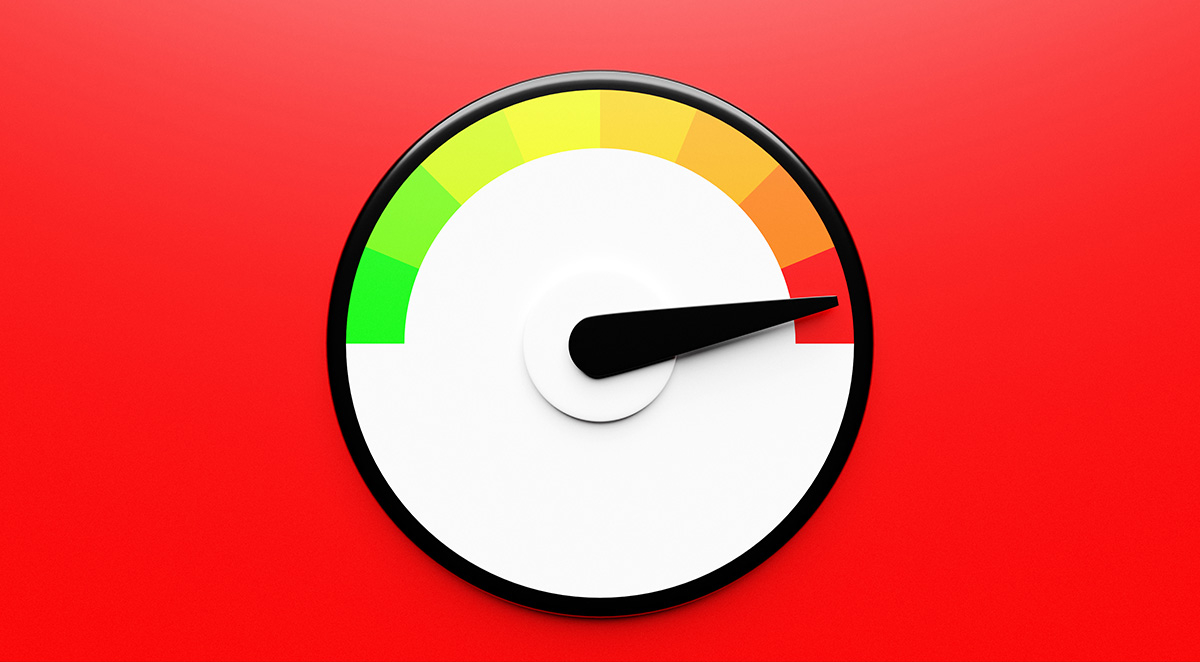Viking Environmental and Septic Services Blog
New homeowners have many questions about their homes. This could be anything from “What kind of permit do I need to make improvements?” or “Who do I talk to when I need a handyman?” First-time homebuyers are faced with these questions and many more as they may not have any experience with the complexities of owning a home.
If you are one of the 60 million people in the United States served by a septic system, then there are a few additional things that should be on your list of questions. Septic systems are an excellent option for removing wastewater from your home. However, there are plenty of questions that you should be asking your septic contractor.
We have put together a list of some of the most commonly asked questions facing many homeowners who have a septic system to help get you started.
As a homeowner, a properly functioning septic tank is essential for maintaining a healthy and hygienic living environment. These simple pieces of equipment make a huge difference in our everyday lives. Additionally, they are full of living, breathing organisms that treat your wastewater so that it is safe to be released back into the environment.
However, if you've noticed that your septic tank is filling up more rapidly than usual, it could be a cause for a septic tank emergency. Understanding the reasons behind this issue is crucial for taking appropriate action to address it.
If you are a homeowner in a rural area, then it is very likely that your home is not connected to a sewer system. In this case, your home must have some sort of septic system. Many homeowners need help understanding how a septic system works and the difference between a drain field and a leach field.
Additionally, there are a plethora of different types of systems that work in a multitude of ways. However, a septic system consists of some form of tank, which separates solids from liquids, and an area where all of the filtered water drains.
We hope that at the end of this article, you will have a healthy understanding of how a septic system works, and especially what the difference is between a drain field and a leach field - if any.
A soggy septic drainfield can be a cause for concern for any homeowner. Not only is it unsightly, but it could also indicate potential problems with your septic system that need to be addressed promptly.
Understanding why the ground in your drainfield is soggy and recognizing the telltale signs of septic system issues can help you take appropriate action to prevent further damage and ensure the continued functionality of your system.



